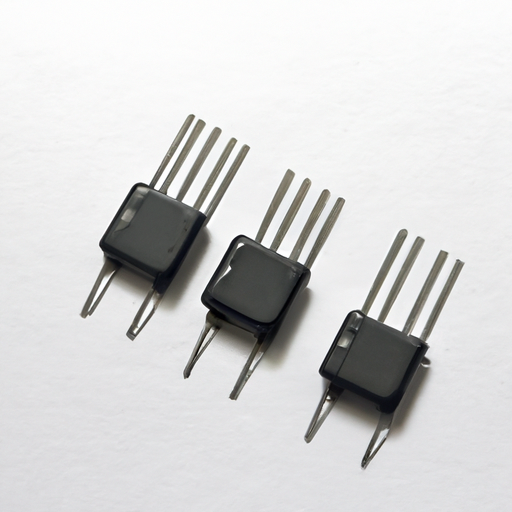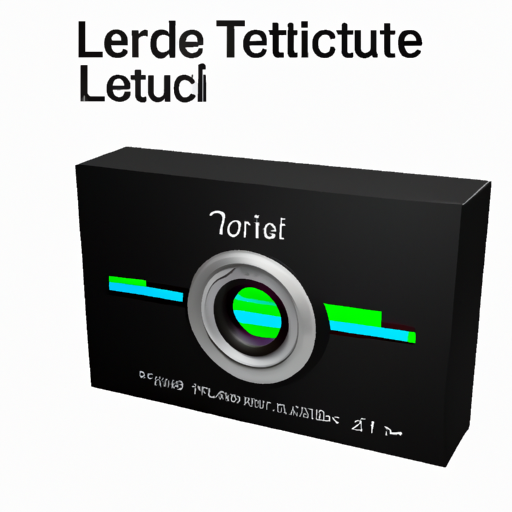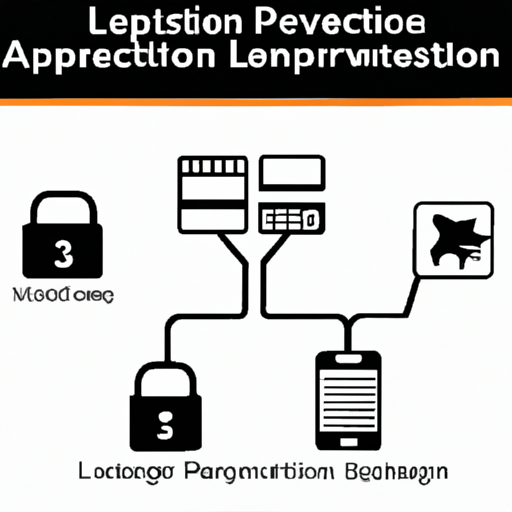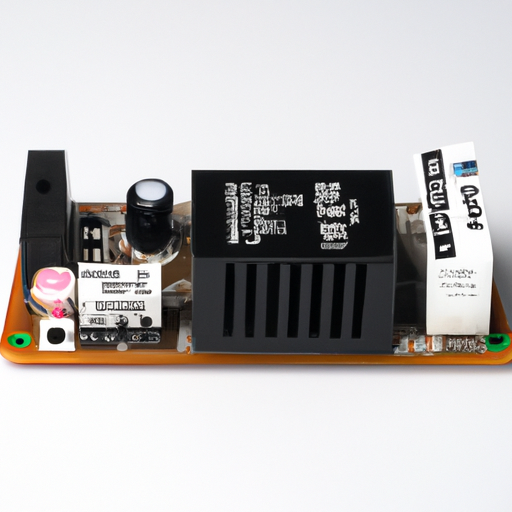Core Functional Technology of Resistors
1. Basic Functionality: Resistors are passive components that limit current flow in electrical circuits. They are defined by their resistance value (in ohms, Ω) and are essential for controlling voltage and current levels.
| 2. Types of Resistors |
3. Ohm's Law: The relationship defined by Ohm's Law (V = IR) is fundamental to understanding how resistors function in circuits, linking voltage (V), current (I), and resistance (R).
4. Power Rating: Each resistor has a power rating that indicates the maximum power it can handle without failure. This is crucial for ensuring the longevity and reliability of electronic circuits.
Applications of Resistors
1. Voltage Division: Resistors are integral in voltage divider circuits, which are used to derive a lower voltage from a higher one. This is particularly useful in sensor applications where specific voltage levels are required for processing.
2. Current Limiting: In LED circuits, resistors limit the current to prevent damage to the LED, ensuring it operates within safe parameters.
3. Biasing: In transistor circuits, resistors are used for biasing, which sets the operating point of transistors, ensuring they function correctly in amplifiers and switches.
4. Feedback Networks: In operational amplifier circuits, resistors are crucial in feedback networks to determine gain and stability. For instance, the LT1213CS8 can be configured with resistors to achieve desired amplification characteristics.
5. Pull-Up and Pull-Down Resistors: These resistors are used in digital circuits to ensure that inputs to logic gates are at defined levels when not actively driven, preventing floating inputs.
Development Cases
1. Signal Conditioning: In a temperature sensor application, resistors can be used to create a signal conditioning circuit that amplifies and filters the sensor output before it reaches a microcontroller. The LT1213CS8 can be employed here to achieve the necessary gain and bandwidth for accurate readings.
2. Audio Amplification: In audio applications, resistors in the feedback loop of op-amps set gain levels. A case study could involve designing a low-noise audio amplifier using the LT1213CS8, where careful selection of resistor values optimizes performance and minimizes distortion.
3. Power Management: In power supply circuits, resistors can be paired with capacitors to form RC filters that smooth voltage fluctuations. This is essential for maintaining stable operation in sensitive electronic devices, such as microcontrollers and RF circuits.
4. Temperature Sensing: In a thermistor-based temperature sensing circuit, resistors can create a voltage divider that translates temperature changes into voltage variations. This output can then be amplified by an op-amp like the LT1213CS8 for further processing and display.
Conclusion
Resistors are foundational components in electronic circuits, crucial for controlling current and voltage levels across a variety of applications. Their versatility spans from audio amplification to sensor interfacing, making them indispensable in modern electronics. A thorough understanding of resistor technology and its effective application is vital for developing reliable and efficient electronic systems, especially when integrated with operational amplifiers like the LT1213CS8. This synergy enhances circuit performance and enables innovative solutions across diverse fields.













